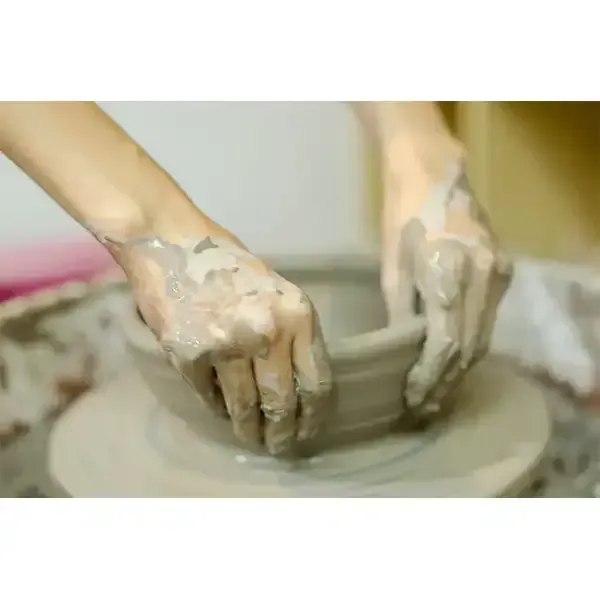The Importance of Ceramic Tile Adhesive in Modern Construction
In contemporary construction and renovation projects, ceramic tiles have become a popular choice for both residential and commercial spaces. Their durability, aesthetic appeal, and ease of maintenance make them a favored option for flooring, walls, kitchens, and bathrooms. However, the longevity and performance of ceramic tiles heavily depend on the quality of the adhesive used to install them. This is where ceramic tile adhesive plays a crucial role.
Ceramic tile adhesive, commonly referred to as tile glue, is a specially formulated material designed to attach ceramic tiles to various substrates. This adhesive comes in different forms, including thin-set mortars, mastic, and epoxy adhesives, each tailored for specific applications and environments. The selection of the right type of adhesive is paramount to ensure a successful tile installation that withstands stresses such as moisture, temperature fluctuations, and heavy foot traffic.
One of the most widely used types of ceramic tile adhesive is thin-set mortar. This cement-based product is highly versatile and suitable for most interior and exterior applications. Thin-set mortars are designed to provide excellent bonding strength and flexibility, allowing the tiles to adhere effectively to various substrates, including concrete, cement backer board, and existing tiles. It is essential to choose a thin-set mortar that is appropriate for the specific tile material and the environment in which it will be installed, as this will impact its performance and durability.
Mastic adhesive, on the other hand, is a premixed, organic adhesive that is easier to apply than thin-set mortar. It is particularly useful for wall tile installations in dry areas, such as kitchens and living rooms. However, it is not recommended for wet areas like bathrooms or outdoors, as it may not withstand moisture and temperature changes as effectively as thin-set mortars. For these reasons, it is critical to understand the environment where the tiles will be installed before choosing the right adhesive.
ceramic tile adhesive

Epoxy adhesives are another option for ceramic tile installation, renowned for their exceptional strength and water resistance. They are ideal for demanding environments such as commercial kitchens, swimming pools, and industrial areas. While epoxy adhesives offer some of the highest performance levels in terms of bond strength and moisture resistance, they can be more challenging to work with and typically require more skill and experience for proper application.
Before installing ceramic tiles, surface preparation is crucial. The substrate must be clean, dry, and structurally sound to ensure proper adhesion. Uneven surfaces should be leveled, and any existing flooring should be removed if necessary. Applying the adhesive correctly, using the right trowel size and technique, is essential for preventing tile lippage and ensuring a smooth and level surface.
Moreover, allowing adequate curing time for the adhesive before grouting is vital for achieving optimal results. This ensures that the tiles bond securely and that the installation can withstand the anticipated stresses over time. It is advisable to follow the manufacturer’s guidelines for curing times and conditions to maximize the performance of the adhesive.
In conclusion, ceramic tile adhesive is a fundamental component in the successful installation of ceramic tiles. Understanding the different types of adhesives available and their appropriate applications can significantly impact the durability and appearance of tile installations. By choosing the right adhesive and following proper installation techniques, homeowners and builders can ensure that their ceramic tile projects stand the test of time, combining beauty with functionality in any space.
-
Premium Detergent Grade HPMC Hydroxypropyl Methylcellulose: Superior Thickening & StabilityNewsAug.31,2025
-
HEC 100000 Hydroxyethylcellulose for Paint | Superior ThickeningNewsAug.30,2025
-
Wall Putty Rdp Powder Packaging DesignNewsAug.29,2025
-
Introduction to Hpmc Hydroxypropyl Methyl CellulosNewsAug.29,2025
-
Hpmc Industri Grade IntegrationNewsAug.29,2025
-
How to Choose the Right Construction AdhesiveNewsAug.29,2025




